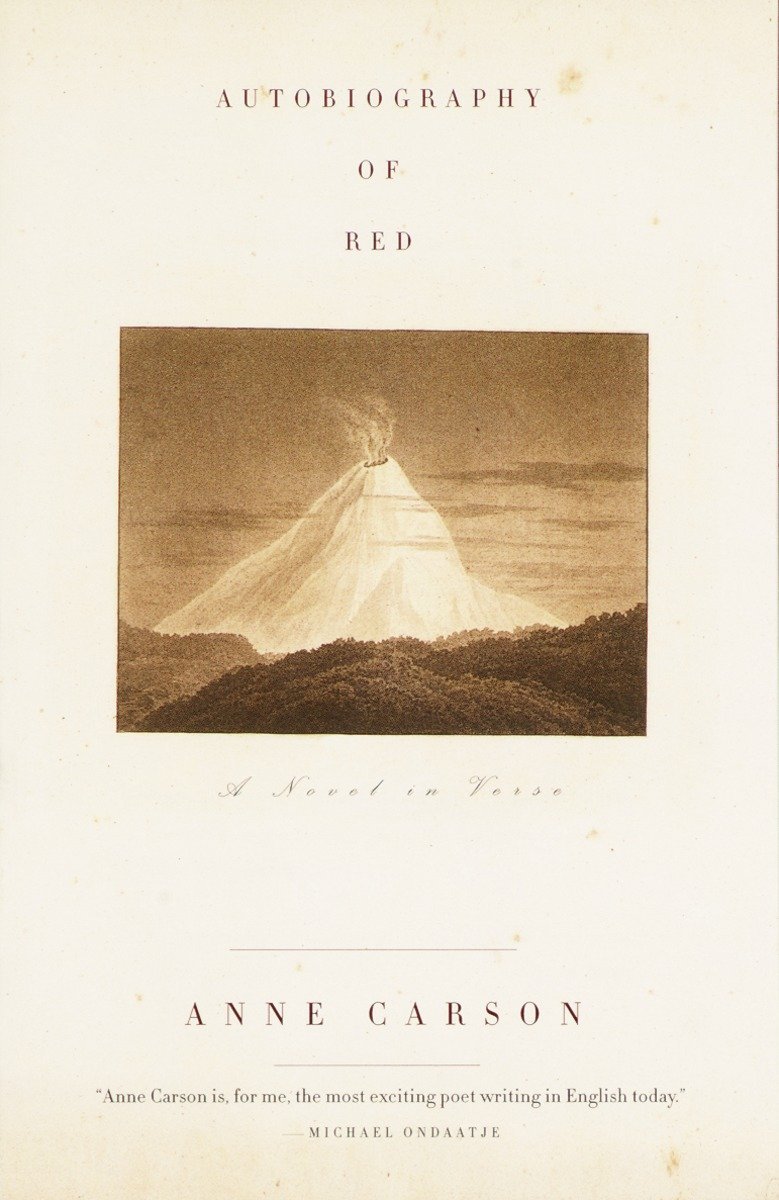
For all literature nerds, fans of impeccable biographies, and even more so, for those who’d never consider picking up a biography of their own volition– this list of illuminating biographies penned by magnificent literary giants cannot be missed. From Elizabeth Gaskell’s accounts of apparent close friend Charlotte Brontë to Rushdie’s memoir of Joseph Anton, a pseudonym he took on during the fearful fatwa era, these biographical accounts are sure to fill your literature-loving hearts!

Rilke: The Last Inward Man by Lesley Chamberlain
“Rilke: The Last Inward Man” by Lesley Chamberlain isn’t your standard biography. It delves into Rainer Maria Rilke’s poetry, exploring the vast inner world he crafted. Chamberlain uses criticisms of Rilke as “apolitical” and “too inward” as a springboard. She argues that Rilke’s introspection was a profound response to a world lacking spirituality. The book sheds light on how Rilke’s life experiences, like his troubled childhood, shaped his desire for a heightened awareness of being. By examining Rilke’s rich imagery and influences, Chamberlain offers a fresh perspective on how his work aimed to restore a sense of the transcendent in a materialistic world.

Roger Fry by Virginia Woolf
In “Roger Fry,” Virginia Woolf attempts to capture not just the life of this pivotal art critic, but the essence of his passionate engagement with art. Woolf eschews the typical biographical format, opting instead for a prismatic exploration of Fry’s inner world. The book delves into the alchemy of his mind, exploring how his personal experiences – his grief, his friendships – informed his revolutionary approach to Post-Impressionism. The book unveils the man behind the movement, revealing how his fight for artistic freedom mirrored his own yearning for authenticity. We see how his troubled marriage coloured his perception of Cézanne’s melancholic landscapes, and how his unwavering belief in human connection echoed in Matisse’s vibrant canvases. “Roger Fry” isn’t just a chronicle; it’s a tapestry woven from art, life, and the profound ways they shape each other.

Our Santiniketan by Mahashweta Devi
Mahasweta Devi, a celebrated author, pens a nostalgic memoir of her childhood in 1930s Santiniketan. Unlike traditional biographies focused on achievements, Devi paints a vivid picture of the era and the famed school through a young girl’s eyes. We see Rabindranath Tagore, the school’s founder, not as a distant icon, but as a figure present in her daily life. Through Devi’s innocent lens, we gain insights into the school’s ethos – a world of artistic expression, nature connection, and a harmonious human-environment balance. It’s a poignant reminder of an idyllic past, but also a call to revisit those values in today’s world.

Autobiography of Red by Anne Carson
“Autobiography of Red” by Anne Carson starts as a biography of a classical writer, delving into the fragmented works of Stesichorus, a Greek lyric poet from the 7th-6th centuries BCE, known for his choral odes. He wrote about Geryon, a mythical red-winged monster. But then, the narrative takes a surprising turn. It becomes Geryon’s autobiography, a fragmented verse novel exploring his torment, unique for flipping the script on heroism in giving a voice to the otherwise monstrous figure. The ‘autobiography’ unveils the pain of being ostracised for difference, and offers an insightful look at identity, desire, and the lasting sting of betrayal.

Joseph Anton by Salman Rushdie
In “Joseph Anton,” Salman Rushdie recounts his harrowing ordeal under a fatwa, using the pseudonym he adopted during hiding. Rushdie, in the third person, offers a unique perspective on the emotional toll of exile, the complexities of maintaining relationships under constant threat, and the struggle to write under a cloud of fear. He provides insightful details, like the strange camaraderie with his protectors and the dark humour of a writer’s life under constant threat. “Joseph Anton” is a powerful testament to the human spirit and the fight for creative freedom.

Boy by Roald Dahl
Roald Dahl, with his signature mischievousness, flips the autobiography genre on its head with “Boy: Tales of Childhood”, purposely avoiding a stuffy, chronological retelling of his life. Dahl spins a whimsical tale of his youth, from idyllic summers in Norway to the harsh realities of British boarding schools in the 1920s. Unlike traditional biographies, Dahl zooms in on the quirky and sometimes nightmarish details – a vengeful prank on a nasty candy store owner, or the sadistic methods of a school nurse. Through these vivid anecdotes, Dahl offers a child’s eye view of the world, exposing both the wonder and cruelty of life with an honesty rarely seen in grown-up memoirs.

The Life of Charlotte Brontë by Elizabeth Gaskell
A friend of Charlotte’s, Gaskell weaves a rich tapestry using Charlotte’s personal letters. This unique approach offers an intimate look into the mind of a literary genius. We see Charlotte’s struggles as a woman writer, her love for a married teacher, and the tight bond with her sisters, all against the backdrop of the isolated Yorkshire moors. Gaskell’s insightful perspective, shaped by her own experiences as a female writer, sheds light on Charlotte’s creative fire and the challenges she faced in a restrictive society.

Primo Levi : An Identikit by Mario Belpoliti
“Primo Levi: An Identikit” by Marco Belpoliti delves into the life and works of the renowned Holocaust survivor and author. Drawing on twenty years of research and unpublished archives, Belpoliti paints a multifaceted portrait of Levi. The book is structured like a mosaic, dedicating a chapter to each of Levi’s writings, exploring recurring themes of his Jewish identity, the horrors of the camps, and the enduring power of testimony. This “definitive book” offers a rich tapestry of stories and insights, solidifying Levi’s place as a vital voice of the 20th century.
Pick up any of these 10 Illuminating Biographies by Literary Greats from any Kunzum store or WhatsApp +91.8800200280 to order. Buy the book(s) and the coffee’s on us.
